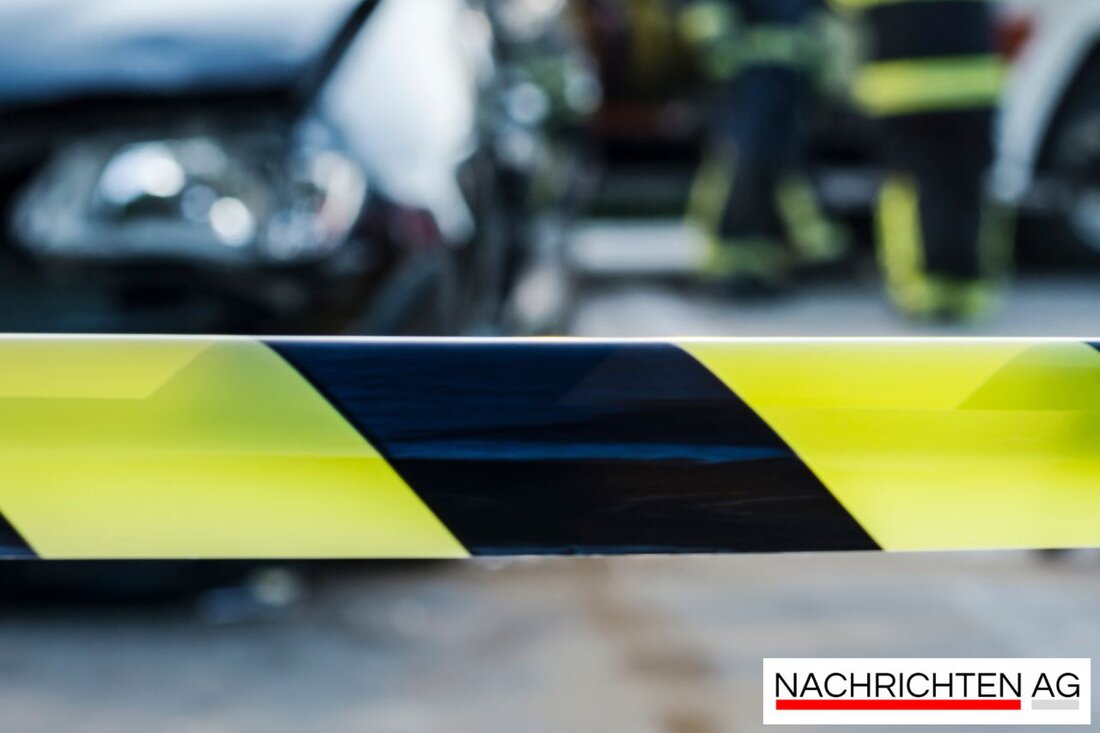Accidents involving wildlife in the Parchim district: How to act correctly!
There were many accidents involving wildlife in the Ludwigslust-Parchim district in 2025. Learn how to react and prevent correctly.

Accidents involving wildlife in the Parchim district: How to act correctly!
Unfortunately, accidents involving wild animals are part of everyday life for drivers in Northern Germany. The dark season, coupled with the urge of wild animals to look for food, often means that collisions between vehicles and game do not take long to occur. The situation is particularly explosive in the Ludwigslust-Parchim district, where around 620 wildlife accidents were registered in the first quarter of 2025 alone - a number that was similar to the previous year. But how do you behave correctly if such an accident occurs?
Some drivers have already found themselves in a situation like this: They are driving on the country road at 80 km/h when suddenly an animal, about the size of a medium-sized dog, appears. The right reflex would be to activate the hazard lights and ensure that you do not try to avoid the animal, which is often more dangerous. This is exactly what happened to a driver who collided with a fawn that did not survive the impact. These dangerous situations should not be underestimated, especially since the peak phase of wildlife accidents often occurs in the months of April and May, when the animals are starving and looking for food.
The dark months for wildlife
Caution is advised in spring, as most accidents occur especially at dusk and in the morning hours between 6 and 8 a.m. According to the hunting association, deer are involved in almost half of all wildlife accidents. Not only are they, but also brown hares and rabbits at great risk. In the months of April and May alone, almost a quarter of the deer fall victim to road traffic. Rush hour traffic at dusk means that drivers are often unprepared to encounter animals as they search for food under the cover of darkness.
An analysis of over 22,000 wildlife accidents shows that deer are the animal species most frequently involved in accidents, followed by other wild animals such as wild boars and foxes. The situations on country roads are particularly delicate because around 10% of deer and roe deer die in traffic, and for species such as wild cats this number can reach up to 80%.
Correct behavior after a wildlife accident
What to do if an accident occurs? After the accident, the driver should immediately turn on the hazard lights, put on a high-visibility vest and park the vehicle safely on the side of the road. It is important to locate the injured animal as quickly as possible; however, no attempt should be made to take it with you - this is prohibited. The local hunting authority is responsible for disposing of the animal. After reporting on the emergency number 110, it is recommended to drive the car to the next town if the vehicle is still drivable. The police will then record the accident and arrange for the carcass to be removed.
In order to minimize wildlife accidents in the future, various institutions have taken measures to better record and analyze accident statistics. There are already over 76,000 wildlife accident data available for Germany for the years 2021 to 2024, which should form the basis for effective prevention measures.
The challenge on the roads remains great, both for drivers and for the animals, who often end up on the roads due to a lack of food. It is therefore important to remain vigilant and adapt your driving style to the circumstances.
If you would like to find out more information on the subject of wildlife accidents, we recommend the articles from Northern Courier, Hunting Association and FVA BW.

 Suche
Suche
 Mein Konto
Mein Konto